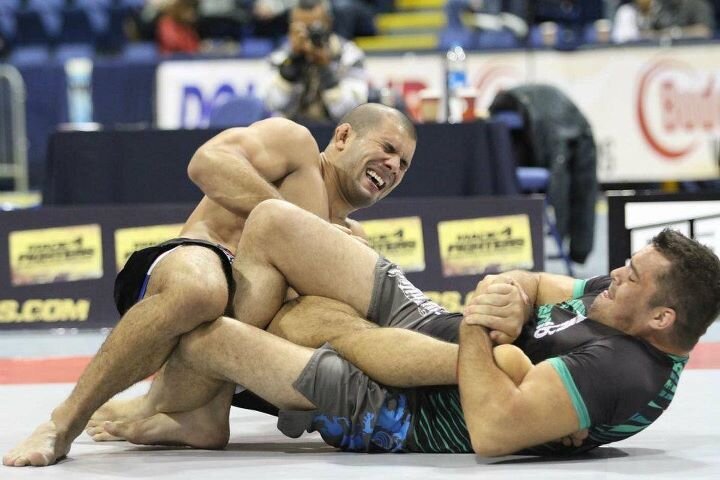Understanding the Myth of Flexibility in BJJ: A Smarter Approach to Injury Prevention
To progress long-term in Brazilian Jiu-Jitsu (BJJ) and reduce the risk of injury, we need to rethink how we approach injury prevention.
It’s not just about stretching or improving flexibility — it’s about building strength and control where we are most vulnerable.
💡 The Principle of Progressive Adaptation
Effective injury prevention is rooted in a simple but powerful principle:
Progressive Adaptation
→ Gradually and actively applying stress to tissues so they can adapt and become more resilient.
A common example:
- Doing push-ups strengthens the upper body (muscles, joints) and increases its capacity to handle force.
But here’s the catch:
This strategy isn’t enough to prevent injuries in BJJ.
💥 Where Injuries Actually Happen in BJJ
In BJJ, injuries often occur when our joints are pushed to their maximum range of motion (ROM) — moments when they’re least capable of resisting force.
Common high-risk situations include:
- Armbars → Overstretching the elbow
- Ankle locks → Twisting the ankle
- “Mão de vaca” → Hyperextending the wrist
- Triangle chokes → Placing stress on your own hips
- Knee slides → Deep knee flexion under pressure
These positions push joints beyond their comfort zones, making them more susceptible to injury.
❓ Is Increasing Flexibility the Solution?
You might think:
“If I improve my flexibility, I’ll reduce my risk of injury, right?”
The answer is:
❌ NO! ❌
Here’s Why:
While practices like stretching or yoga offer fantastic benefits — better posture, increased mobility, and relaxation — they do NOT prevent injuries.
Why?
Because they don’t follow the principle of progressive adaptation.
⚖️ Why Stretching Alone Doesn’t Prevent Injuries
When you stretch, external forces — gravity, a belt, a partner — help lengthen your tissues in a passive way.
Your body learns to:
✔️ Be more flexible
❌ But not how to control or generate strength in that range of motion (ROM)
This is a major problem in BJJ.
Because most injuries happen in those extreme positions — exactly where passive flexibility offers no real protection.
“It’s not about how far you can stretch — it’s about how much control you have at your limits.”
🔑 The Real Solution: Active Range of Motion
The key to preventing injuries in BJJ is developing active mobility — your ability to move through a range of motion under your own control, without external help.
Active Mobility Builds:
- Strength in stretched positions
- Control at the extremes of motion
- Resilience against unexpected forces
Example:
- Passive flexibility: You can pull your leg into a split using your hands.
- Active mobility: You can lift your leg into the same split position without your hands.
Which one will protect you in a scramble or submission? Active mobility — every time.
🦵 How Active Mobility Reduces Injuries
By training your body to generate force and control movement even in deep stretches, you:
- ✅ Reduce joint vulnerability
- ✅ Increase your tolerance to stress
- ✅ Stay safer in unpredictable situations
It’s not about being more flexible — it’s about being stronger and smarter in the positions where injuries happen.
🥋🔥 What’s Next? Building a Resilient BJJ Body
In the next article, I’ll dive into:
- Practical active mobility drills for BJJ
- Simple routines to add to your warm-ups
- How to create a long-term injury prevention plan
Because in the end:
Training today is great — but being able to train 10 years from now is even better. 👊
Until then, roll smart, stay safe, and start building real strength in your range of motion! 💥🥋

